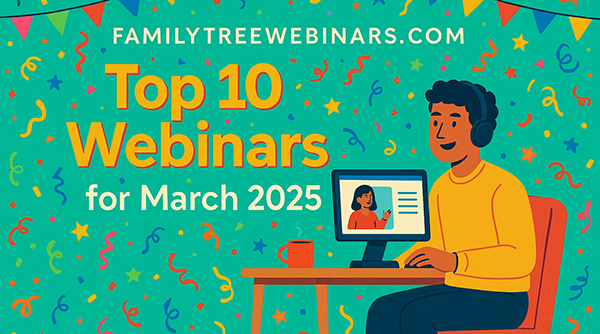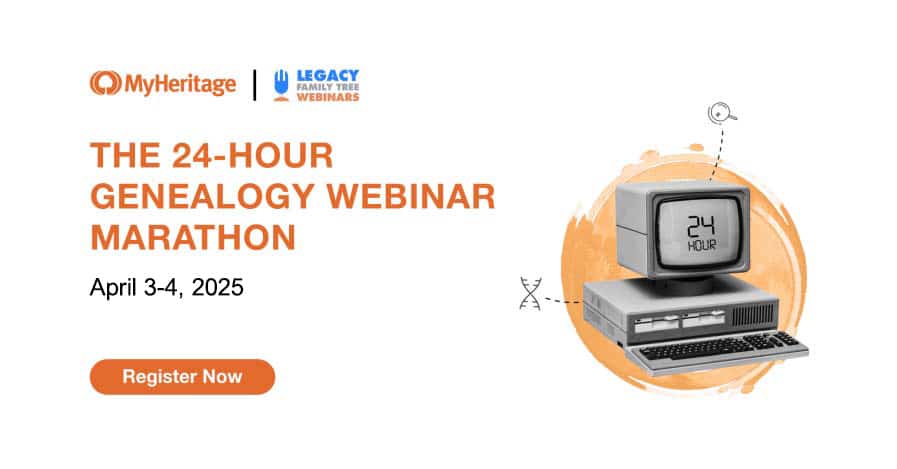
Census records are some of the first genealogy records researchers use to begin tracing their ancestors. Tracking an ancestor through the years and generations is exciting and often yields quick results. Once we find an ancestor on one census record, we tend to proceed quickly to the next census record and the next.
Eventually, we can go no further in our census research and are left to wonder – "Now what?"
In our excitement of discovering our ancestors, we miss vital clues in the census records leading to other helpful records.
3 Tips to Fine Tune Your Census Research
The examples in these tips are based on U. S. census research. However, the tips themselves are applicable to all census research regardless of the country.
Tip #1 – Read and make note of information under every column heading.
Each census recorded different information. Later census records can contain quite a bit of detail on our ancestors. Beyond an individual's name, age or birth date make note of things such as:
- Is a land value listed? If so, this indicates your ancestor owned land. Pursue land records for your ancestor.
- Is the indicated marriage a second marriage? If so, expand your research for previous marriages. Typically, a first or second marriage is not indicated, but I have found enough instances in my personal genealogy research to make sure I check.
- Is an individual's occupation listed? Knowing an ancestor was a factory worker can differentiate him from someone of the same name who was a photographer in other records.
Tip #2 – Study the individual household and determine if the information recorded in the census makes sense.
- Consider a family with a husband, wife and four children. Look carefully at the ages/birth dates and the marriage date (if provided). Are the ages of each child appropriate to be the children of the wife listed? Or do the ages of some of the children pre-date the couple's marriage date? This could indicate the named wife is a second wife and a need for further research into the marriage records is warranted.
- Do all of the individuals in the household have the same surname? If not, consider the question "Why not?." Research into each of the individuals to determine the relationship to the head of the household is warranted. Clearly defining the individuals in the household can potentially reveal collateral ancestors important to your future research.
Tip #3 – Use that census records to learn more about your ancestor's community.
To break down genealogy brick walls and progress our research, genealogy researchers must understand the community where our ancestors lived.
- Once you find your ancestor in the census, read the census record 4-5 pages prior to the entry and 4-5 pages after the entry. Consider who was living close. Do you recognize the surnames of collateral ancestors or ancestors of the same surname? Take a look at the birth place column. do you see a common migration pattern from a certain state or country? You could be looking at a group or chain migration of individuals. If so, look into the history of the town or county further to narrow down an area to research.
- The occupation column mentioned above can hold clues to the lives of a community's residents. Is there a "popular" or common occupation among the community's residents? Determine if that occupation created records benefiting your research. For example, did you ancestor work for the railroad? Check for railroad company records.
Find an in-depth look of the 1910 U.S. census in What Is The 1910 Census Telling You About Your Ancestor?
Spend time in the census records this week. Take your time.
What might you have missed in your previous research?
Learn even more from the many census classes in the Legacy Library!
___________________________________
Lisa Lisson is the writer, educator and genealogy researcher behind Are You My Cousin? and believes researching your genealogy does not have to be overwhelming. All you need is a solid plan, a genealogy toolbox and the knowledge to use those tools. Lisa can be found online at LisaLisson.com , Facebook and Pinterest.





Census databases occasionally delete pages. I have found such a situation in my ancestor’s census of 1880. His name and his wife’s name were on the bottom of the page and the next page was deleted. The transcriber attributed several children on the next page (after the deleted page) to my ancestor. I had to go to the National Archives to retrieve the missing page and find the actual children of this family. Pay attention to the page numbers or you will record the wrong family members.